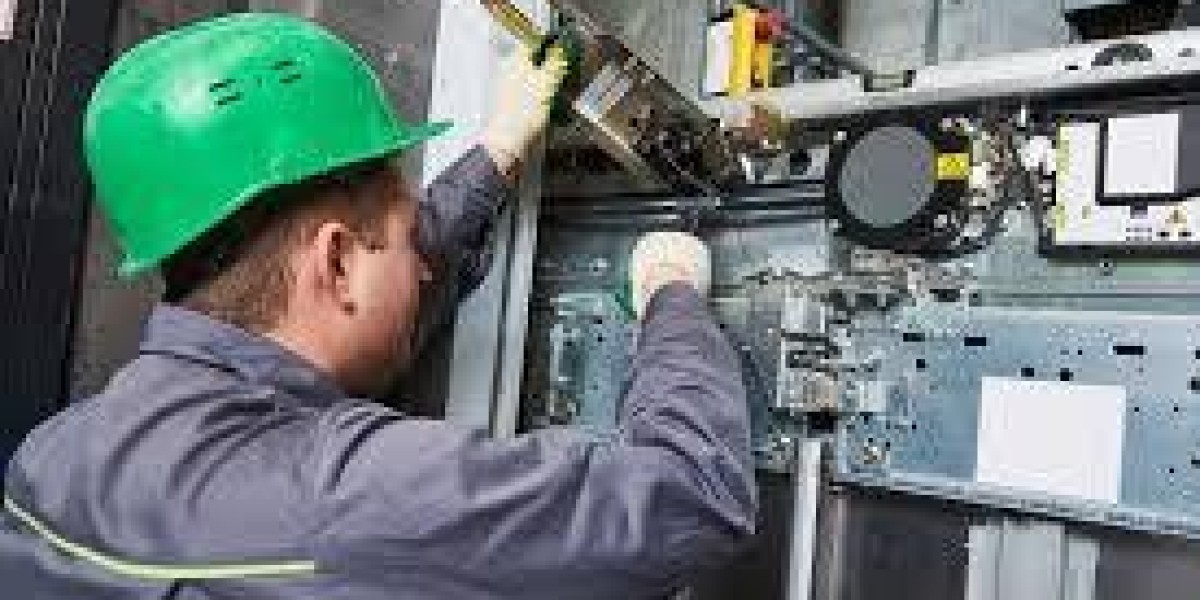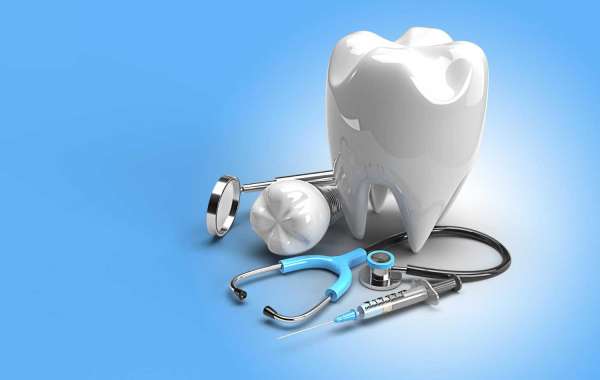The safety of car elevators, also known as vehicle lifts, is paramount in ensuring the well-being of users and maintaining compliance with local laws and regulations. In the UAE, the rapid development of luxury buildings and commercial spaces has prompted the implementation of stringent safety standards for car elevators. Below is an overview of the key safety regulations governing car elevators in the UAE.
1. Compliance with Local Standards
UAE Fire and Life Safety Code: Car elevators must adhere to the UAE Fire and Life Safety Code, which provides guidelines to ensure safety in buildings, including the safe operation of elevators. Compliance with these codes minimizes fire hazards and ensures proper evacuation procedures.
Dubai Building Code: This code outlines construction and design standards for buildings in Dubai, including specifications for elevator installation, maintenance, and operation. Compliance is mandatory for ensuring safety and structural integrity.
2. Elevator Standards and Certification
ISO and EN Standards: Many car elevators are manufactured in accordance with international standards such as ISO (International Organization for Standardization) and EN (European Norm) standards. These standards ensure the elevators meet safety, quality, and performance criteria.
Certification and Inspection: Car elevators must be certified by relevant authorities before being put into operation. Regular inspections by qualified professionals are required to ensure ongoing compliance with safety regulations.
3. Installation Regulations
Professional Installation: Car elevators must be installed by qualified and licensed professionals who are familiar with local regulations and standards. This ensures that the installation process adheres to safety requirements and building codes.
Structural Integrity: The elevator’s design and installation must consider the building's structural integrity. Load-bearing calculations must be performed to ensure that the elevator can safely support the weight of vehicles.
4. Safety Features and Design Considerations
Emergency Systems: All car elevators must be equipped with emergency stop buttons, alarm systems, and backup power supplies to ensure safe operation during power outages or malfunctions.
Safety Sensors: Elevators should have sensors to detect overload conditions, ensuring that they do not operate if the weight limit is exceeded. Additional sensors can prevent doors from closing on passengers or vehicles.
Ramps and Barriers: The design must include non-slip surfaces, ramps, and safety barriers to prevent accidents during loading and unloading. Elevators should also have sufficient space to allow safe maneuvering of vehicles.
5. User Safety Regulations
User Instructions: Clear signage and user instructions must be displayed in and around the elevator. This includes guidelines for safe entry and exit, loading and unloading vehicles, and emergency procedures.
Training and Awareness: Property managers and maintenance personnel should undergo training on the safe operation and emergency procedures related to car elevators. Regular drills can enhance preparedness for emergencies.
6. Maintenance and Inspection Requirements
Regular Maintenance: Car elevators must undergo routine maintenance checks as per the manufacturer’s guidelines and local regulations. This includes inspections of mechanical and electrical systems to ensure safe operation.
Documentation: Maintenance records should be kept up to date and readily available for inspection by regulatory authorities. This documentation serves as evidence of compliance with safety regulations.
7. Regulatory Authorities
Dubai Municipality: The municipality plays a significant role in regulating building safety, including elevator systems. They conduct inspections and issue permits for elevator installation and operation.
Civil Defense: The UAE Civil Defense Authority oversees fire safety regulations, including the safe operation of elevators in case of emergencies.
Conclusion
Ensuring the safety of car elevators in the UAE involves adherence to various regulations and standards that govern their installation, operation, and maintenance. Compliance with local building codes, international safety standards, and ongoing inspections is essential for minimizing risks and ensuring a safe environment for users.
For property owners and managers, understanding and implementing these safety regulations is crucial not only for legal compliance but also for protecting the safety and well-being of residents, employees, and visitors. As the UAE continues to develop its infrastructure, a commitment to safety in elevator design and operation will remain a priority in maintaining high standards of living and business environments.










